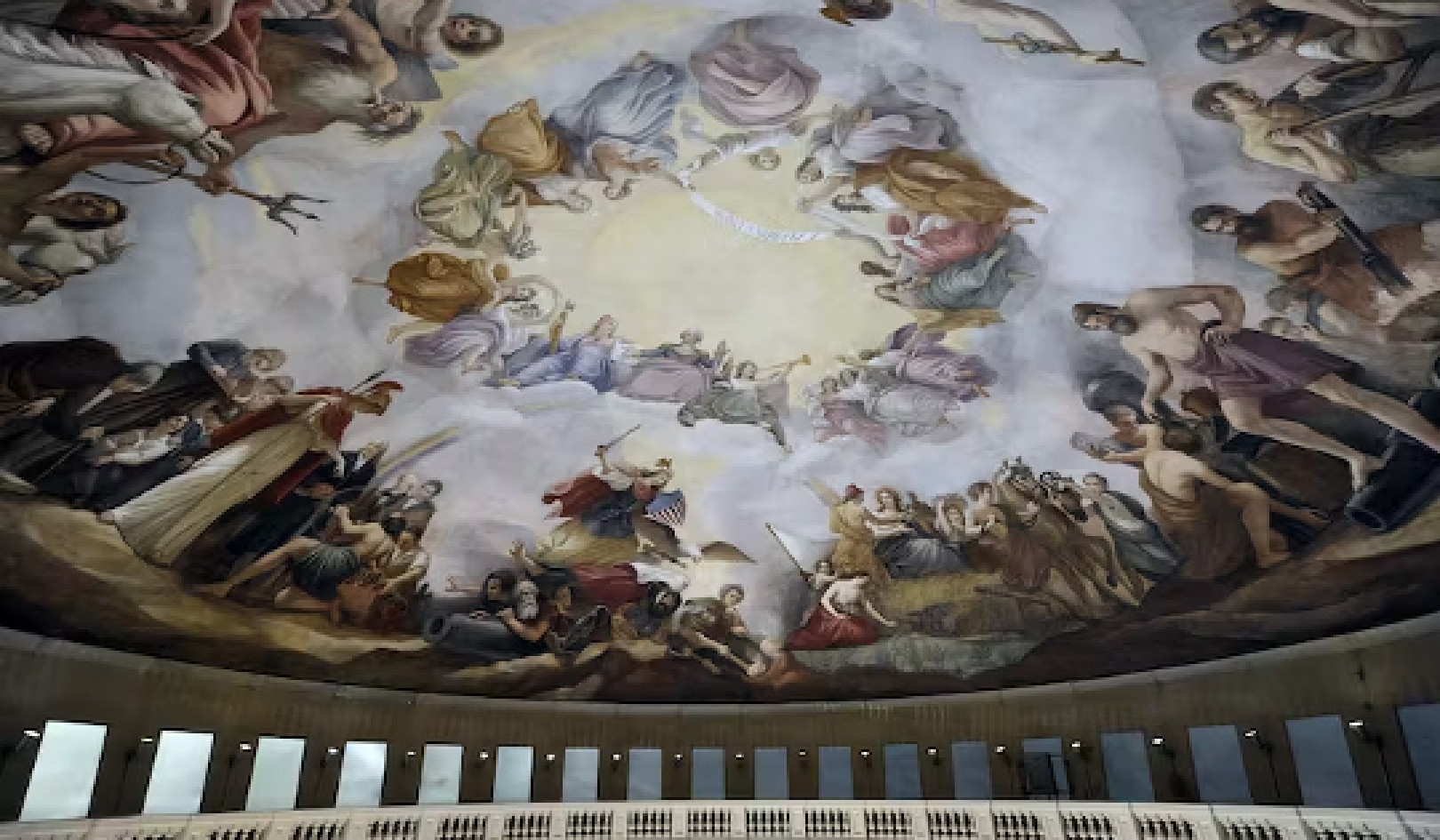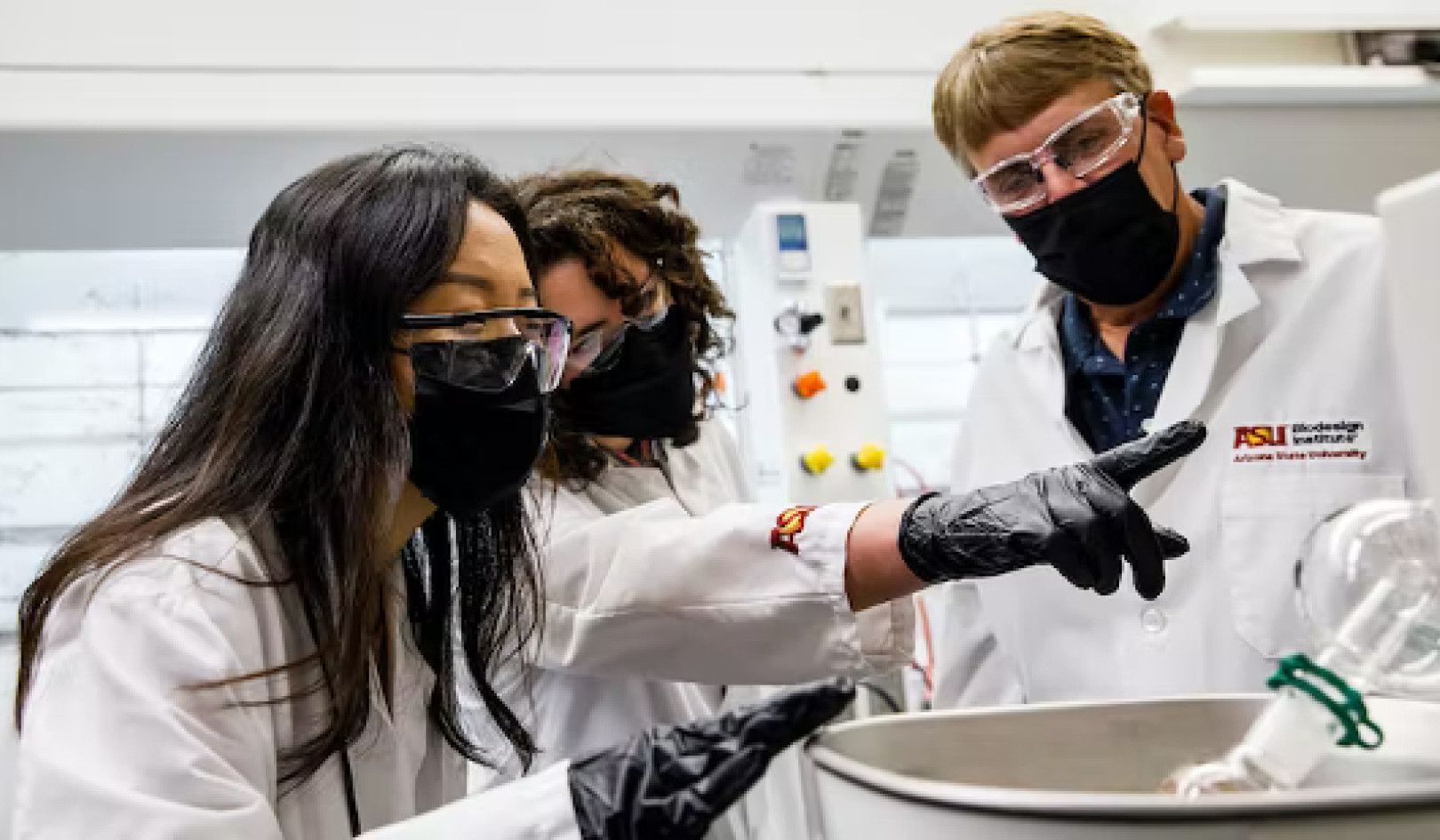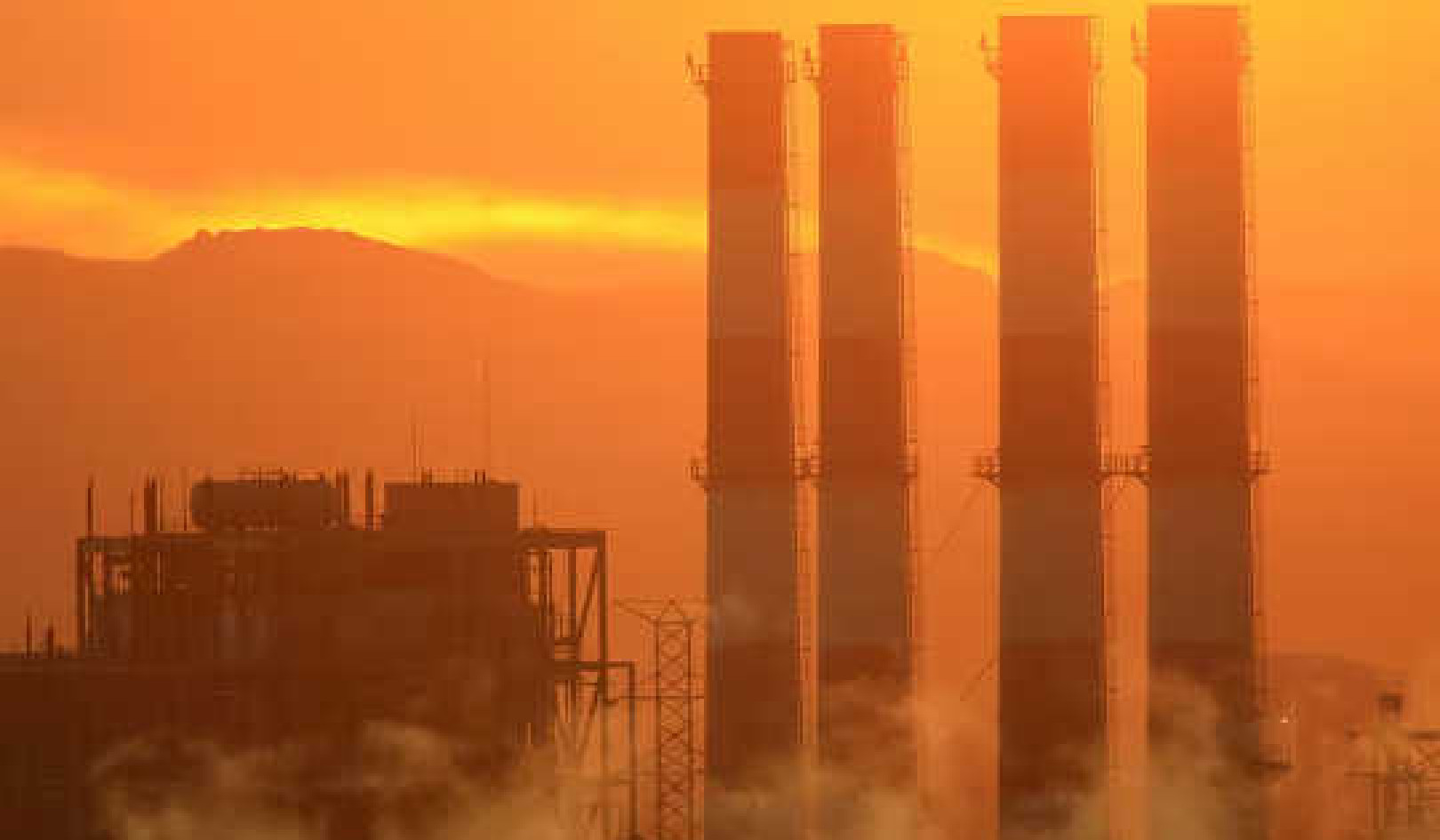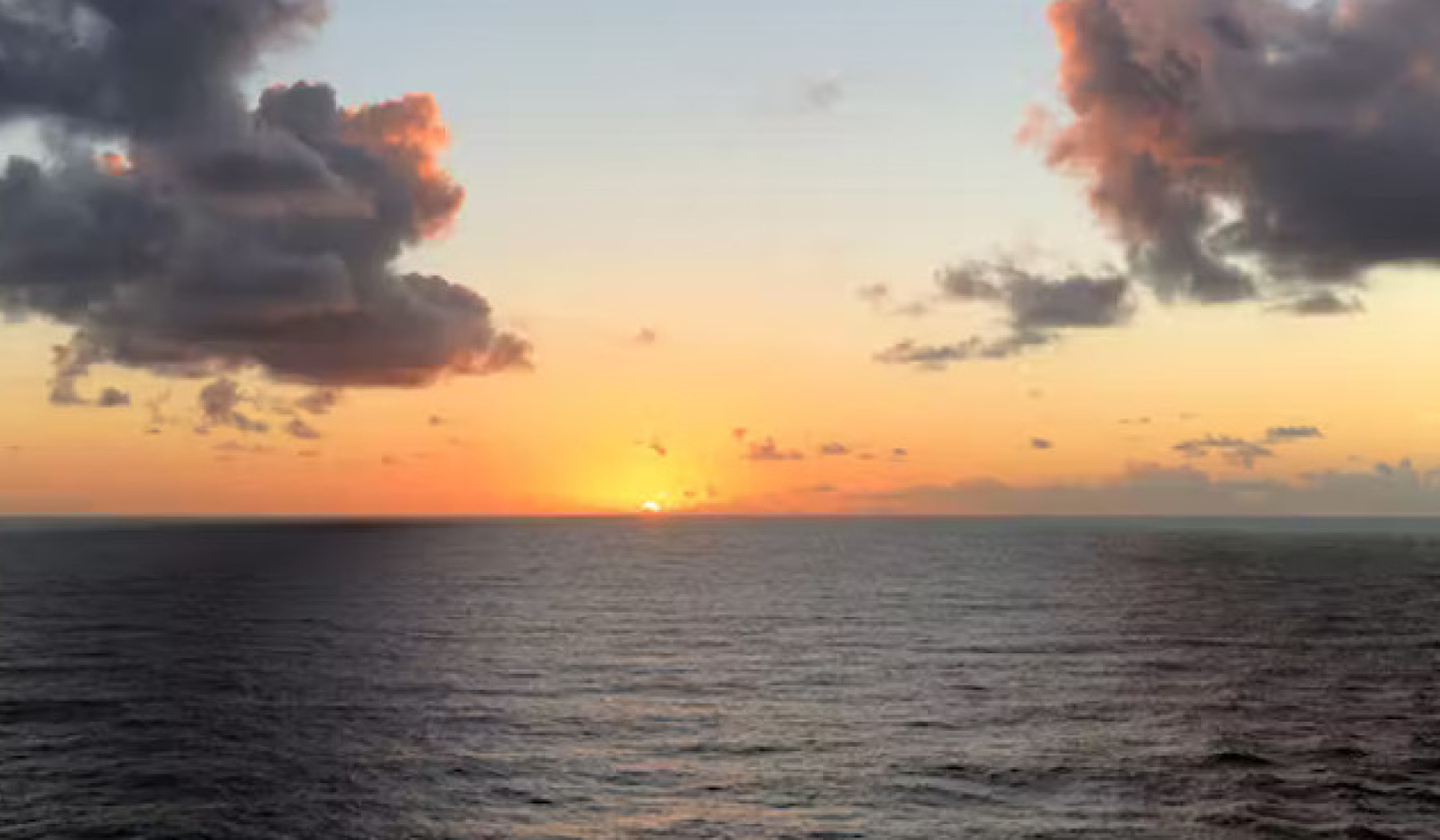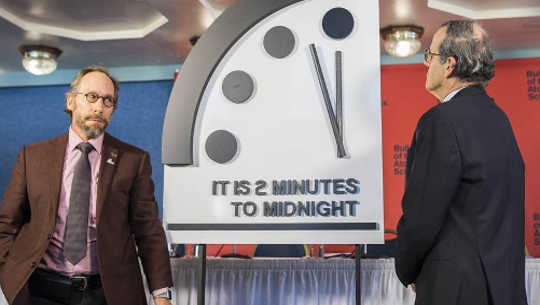
The Doomsday Clock, a measure by scientists of the risk to global survival, now says the danger is the greatest since 1953.
The Doomsday Clock, which judges the threat to world peace and the environment, has advanced significantly, with nuclear weapons and climate change held largely responsible.
The Bulletin of the Atomic Scientists has moved the symbolic Clock forward by 30 seconds, to two minutes to midnight, reflecting the scientists’ view of the main global dangers. They say much of the blame rests with the administration of President Donald Trump.
The only other time the clock, revised annually, has been set so close to catastrophe was 65 iears ago, in 1953, after the US and the Soviet Union exploded their first thermonuclear bombs.
Rachel Bronson, the bulletin’s president and CEO, said in a statement: “Major nuclear actors are on the cusp of a new arms race, one that will be very expensive and will increase the likelihood of accidents and misperceptions.
Weapons more usable
“Across the globe, nuclear weapons are poised to become more rather than less usable because of nations’ investments in their nuclear arsenals.”
The Center for Climate & Security (CCS) is a US non-partisan policy institute of security and military experts. In November 2017 it said climate change and nuclear threats are closely linked and must be tackled together.
The bulletin’s authors, from its science and security board, say they are disturbed by the rising tensions on the Korean peninsula, the increasing emphasis and expenditure on nuclear weapons by major powers, the absence of arms control negotiations around the world, and the wavering political will to combat climate change.
They repeatedly single out the Trump administration as a major factor behind the increased risks, citing what they describe as the president’s volatility; the inconsistency of the administration’s foreign policy; and its apparent disdain for science, including senior appointments of climate change deniers.
“The White House office of science and technology policy is essentially not staffed. The official mechanisms to tie public policy to reality are currently absent”
One board member, Sharon Squassoni, of George Washington University’s Institute for International Science and Technology Policy, said Russia was also responsible for raising tensions, for example by deploying ground-launched cruise missiles in 2017 in breach of the 1987 Intermediate-range Nuclear Forces (INF) treaty.
Some experts argue that a comparison with the height of the cold war exaggerates the current dangers, and not all agree that the global risks of nuclear weapons are as severe now as they were then. Vipin Narang, of the Massachusetts Institute of Technology, tweeted: “Today, the risk of single use may be higher, but it’s unlikely to threaten global destruction.”
On climate change, the bulletin scientists say it is worsening: after flattening out for some years, global greenhouse gas emissions have resumed their rise, and the levels of the polar ice caps are at new lows.
They say the administration is making “an insufficient response” to climate change and is turning its back on reality: “In its rush to dismantle rational climate and energy policy, the administration has ignored scientific fact and well-founded economic analyses.
Heartening response
“Here in the US, the incoming President Trump promptly appointed a cadre of avowed climate denialists and quickly started reversing existing climate measures,” said Sivan Kartha, a senior scientist at the Stockholm Environmental Institute. But he was encouraged by the global response to Mr Trump’s actions.
Thankfully, Dr Kartha said, the White House had met “a reassuring and affirming resistance…Other countries reaffirmed their commitment to climate action. And within the United States, there’s been this huge We Are Still In movement of states, cities, business, faith-based communities, reaffirming their commitment to climate action and global cooperation.”
President Trump was also criticised for downgrading the science in his administration. Lawrence Krauss, the chair of the bulletin’s board of sponsors, said that 2017 was the first year since the position was created more than half a century ago with no presidential science adviser.
“The White House office of science and technology policy is essentially not staffed,” Krauss said. “The official mechanisms to tie public policy to reality are currently absent.” – Climate News Network
About the Author
 Alex Kirby is a British journalist specializing in environmental issues. He worked in various capacities at the British Broadcasting Corporation (BBC) for nearly 20 years and left the BBC in 1998 to work as a freelance journalist. He also provides media skills training to companies
Alex Kirby is a British journalist specializing in environmental issues. He worked in various capacities at the British Broadcasting Corporation (BBC) for nearly 20 years and left the BBC in 1998 to work as a freelance journalist. He also provides media skills training to companies
Related Books
at InnerSelf Market and Amazon


















